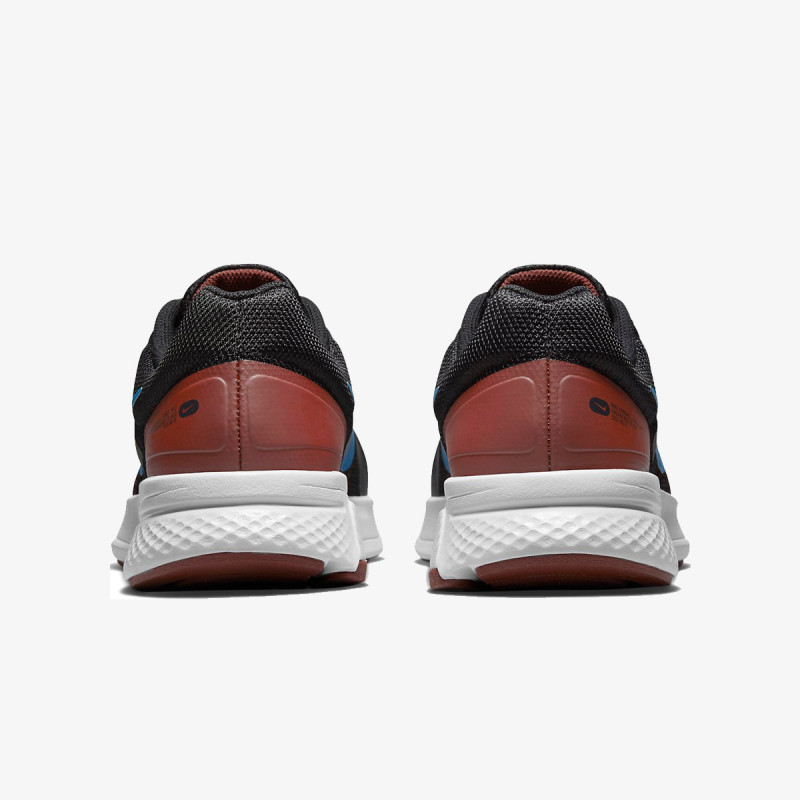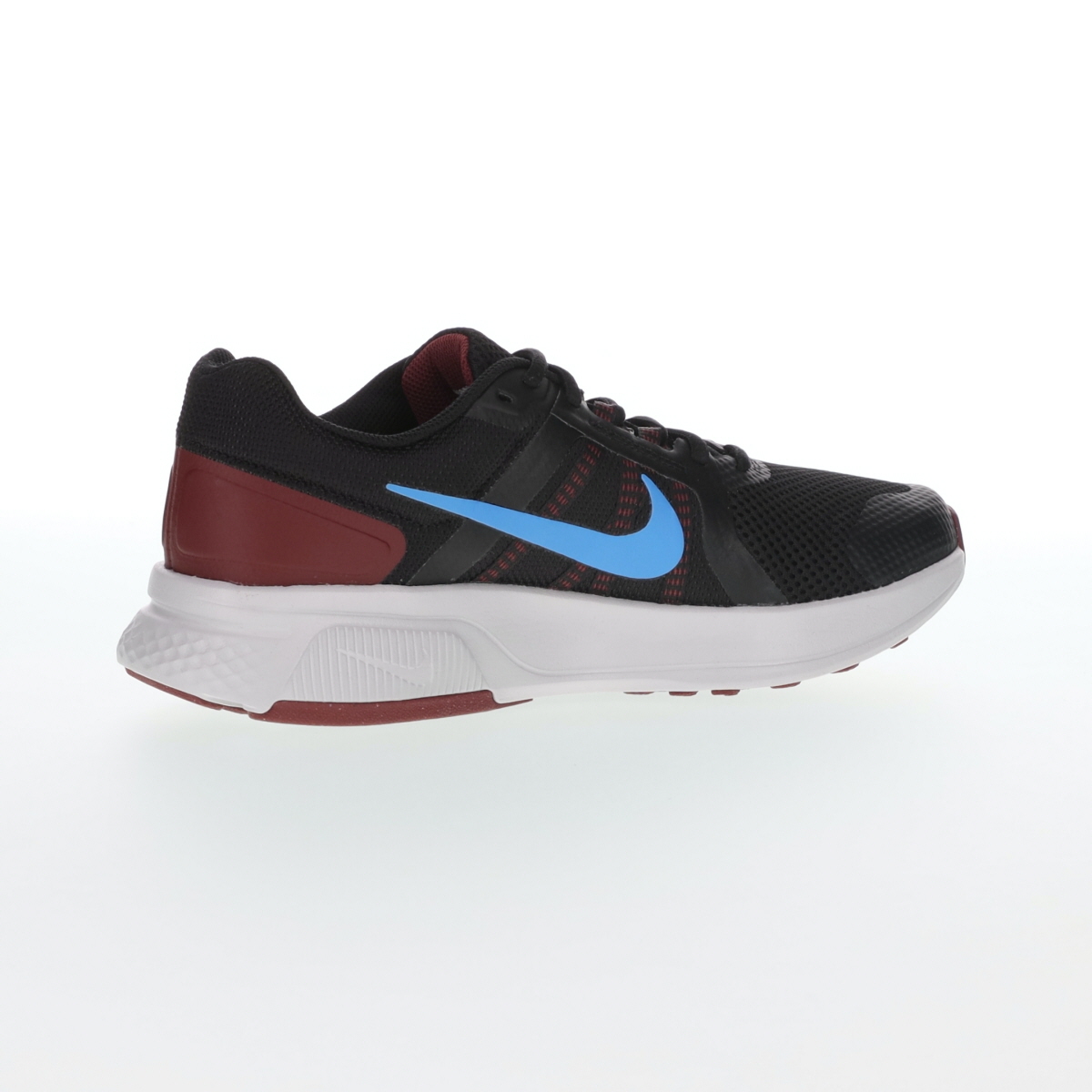
The solution? Cutting off areas of the Cushlon-foam-made midsole and filling them up with plastic bags filled with “Air” (Nike’s secret gas compound). Soft and resilient, this foam has 2 limitations: it is quite heavy (as most foam is) and it is not as “bouncy” as many runners expect their shoes to be. Nike running shoes in the “Air” category often use Cushlon foam in their soles. But do you exactly know what Nike Air is ? That’s how Nike got big in the 80s in the first place. CushlonĬushlon is a mix of Phylon and rubber additives that makes it lightweight and responsive. It provides a propulsive feeling to increase your pace.įlyPlates are used in the AlphaFly Next%, the VaporFly Next% and the Zoom Fly 3. Fly PlateįlyPlate is a light carbon-fibre plate which delivers a snappy sensation with every stride. ZoomX is used in the VaporFly Next% and AlphaFly Next%. ZoomX is quick to compress and snaps back instantly. It is featherlight, cushioned, springy and great at preventing foot fatigue. ZoomX delivers Nike Running’s greatest energy return. React Foam is used in the Pegasus Turbo 2, Odyssey 2, Vomero 14, Zoom Fly 3, Infinity Run, Terra Kiger 6, Miler and Pegasus 37. React doesn’t have sink-in softness but has a dense, rubbery feel with a noticeable spring. It is lightweight, durable and resistant to temperature changes. React is a styrene-based material which is a synthetic rubber. Each company has their own trademark foam mix that tries to achieve the following: be as lightweight as possible, be soft in order to absorb the impact with the ground, be elastic (in order to compress on impact and release propelling you forward), be durable (foam does deteriorate with use, so all foam materials need to be engineered to maintain its characteristics for a decent amount of time).

Midsoles of running shoes are made of foam. An overview of Nike running shoe sole and cushioning technologies

It is a completely different construction than the previously mentioned Flyknit and shoes with Engineered Mesh usually have a lower price-point.Įngineered mesh is used on the Pegasus 37, Miler, Vomero 14, Downshifter 10 and Winflo 6. Engineered Mesh or FlymeshĮngineered Mesh (sometimes called “Flymesh” by Nike) is a lightweight mesh construction that is – compared to traditional mesh fabrics – more breathable and is at the same time both more durable and flexible.Įngineered Mesh features more prominent perforations than traditional mesh. VaporWeave is used on the VaporFly Next% and the Zoom Fly 3. VaporWeave is very breathable but doesn’t conform to the foot so creasing may occur.

Its main advantage is that it doesn’t absorb water so during a race, the shoe will not absorb sweat and weigh you down. VaporWeave is an engineered, woven mesh with a smooth, plastic-like feel which is light and strong. AtomKnit is extremely lightweight, very breathable and does not absorb water.ĪtomKnit is only used on the flagship shoe, the AlphaFly Next%. The difference between AtomKnit and FlyKnit is that AtomKnit is steamed and stretched. It has a smooth, plastic-like feel and does not stretch.įlyKnit Loft is used on the Infinity Run.ĪtomKnit is a new, more advanced type of FlyKnit material. It has 3 distinct layers which help keep the foot secure. FlyKnit LoftįlyKnit Loft is a FlyKnit variation which is breathable and durable.
NIKE RUN SWIFT V 2.0 FREE
Most notable examples of Flyknit shoes are the Flyknit Racer (as the name implies, a fast and light shoe for racing distances all the way to the marathon) and the Nike Free Flyknit (an extremely flexible and lightweight running shoe to strengthen and train the muscles in your feet). This technology is Nike’s latest, so expect to pay a premium for Flyknit shoes.

Flyknit also allows for extremely precise upper fit, being able to seamlessly integrate tight-knit areas where support is needed and wide-knit areas to allow for flexibility.įlyknit is environmentally friendly as it produces 60% less waste than traditionally constructed running shoe uppers. Upper technologies Flyknitįlyknit is a special woven fabric that makes the upper of a shoe feel like a sock, by placing yarns and knits strategically around the structure in order to support the foot of the runner when needed and leave it free everywhere else.įlyknit running shoes are lightweight: a light yarn replaces multiple stitched or glued panels. Understanding the meaning and design principles behind the tech names will help you navigate through the catalog faster. An explanation of Nike running shoes technologies


 0 kommentar(er)
0 kommentar(er)
